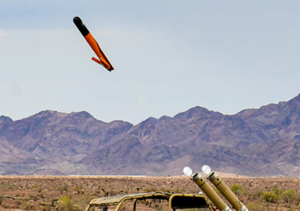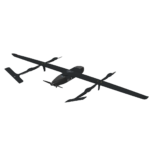
After observing the threat one-way attack drones have posed in Ukraine, the Pentagon’s Joint Counter-Small Unmanned Aircraft System Office (JCO) recently concluded a demonstration with industry showcasing high-powered microwave and kinetic solutions for taking out such systems. Army Col. Michael Parent, chief of the JCO's acquisition and resources division, said the office is aiming to conclude its report on the results of its fourth demo by the end of July, which will include the potential cost and delivery timelines for…

 By
By 











